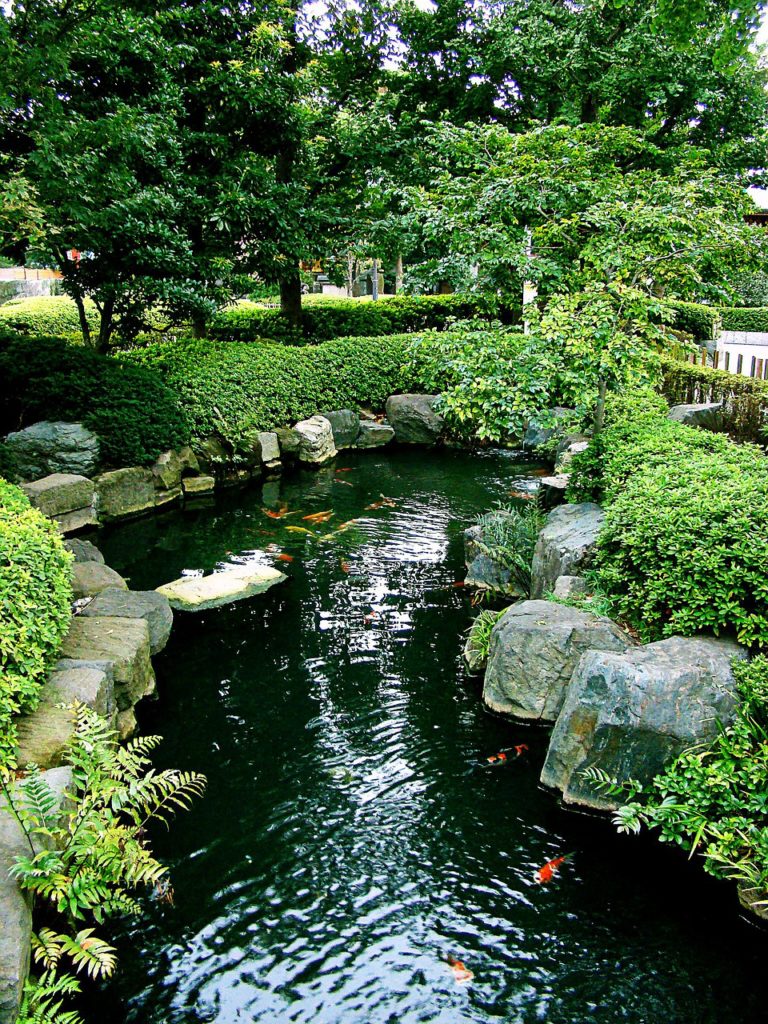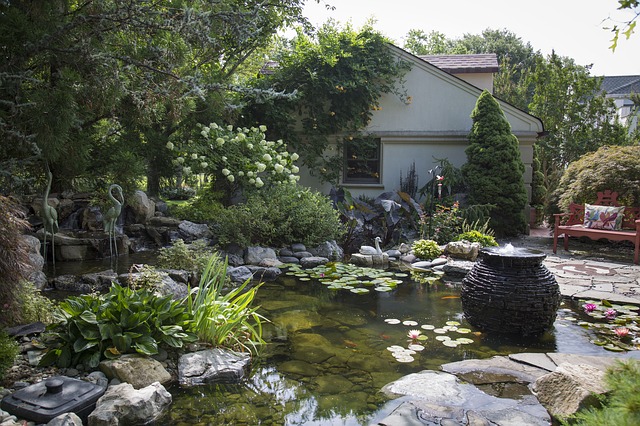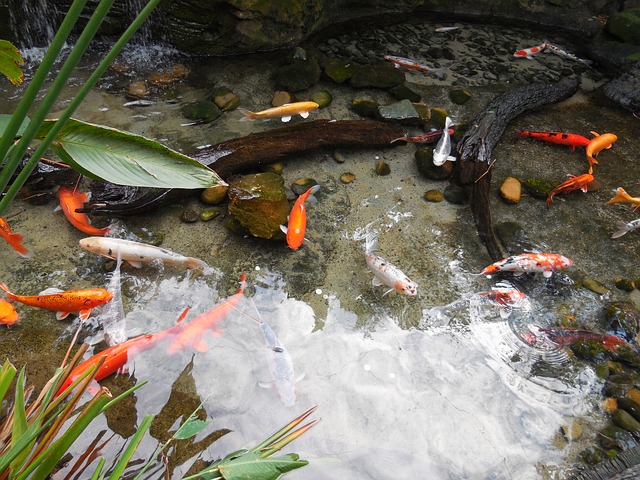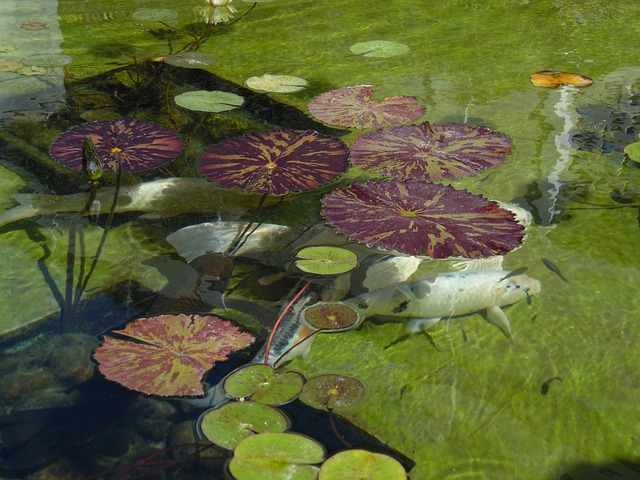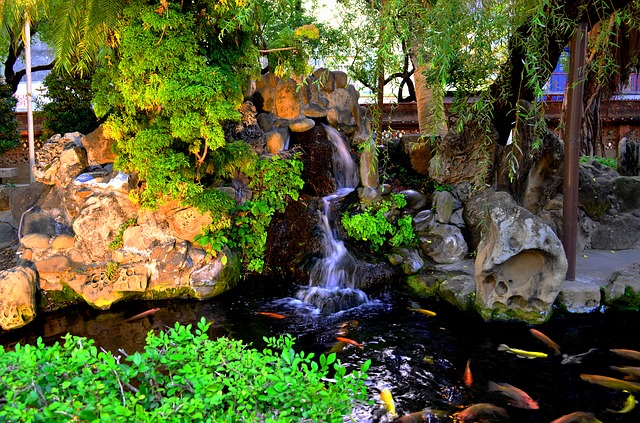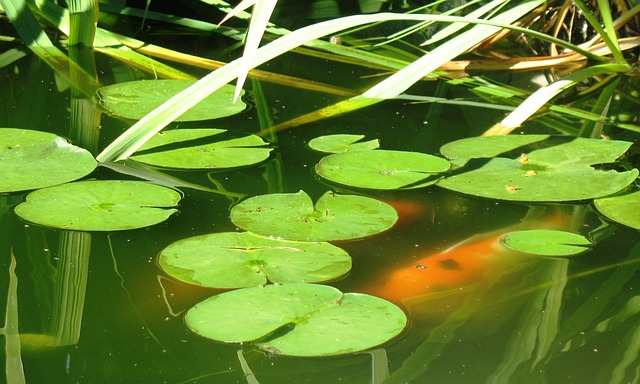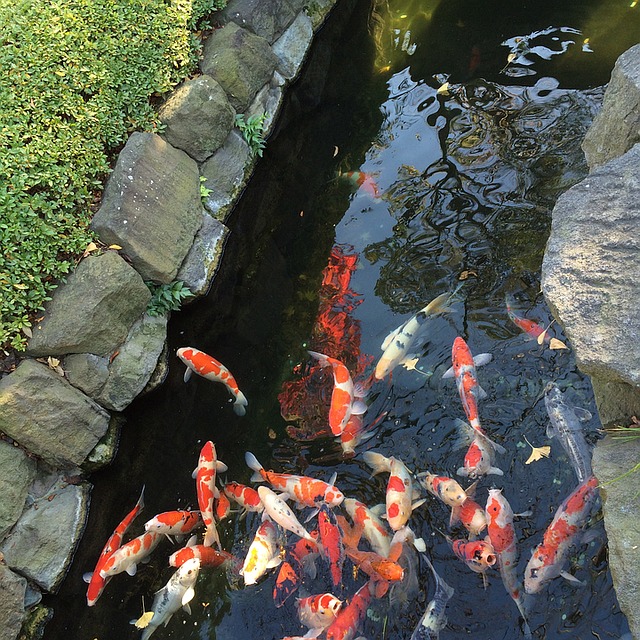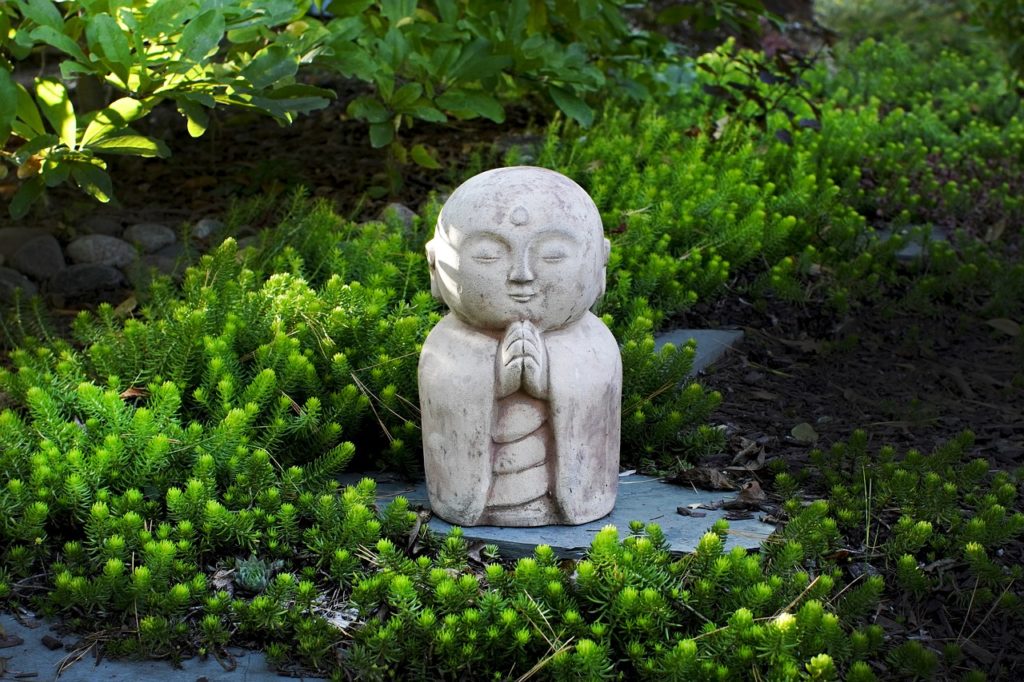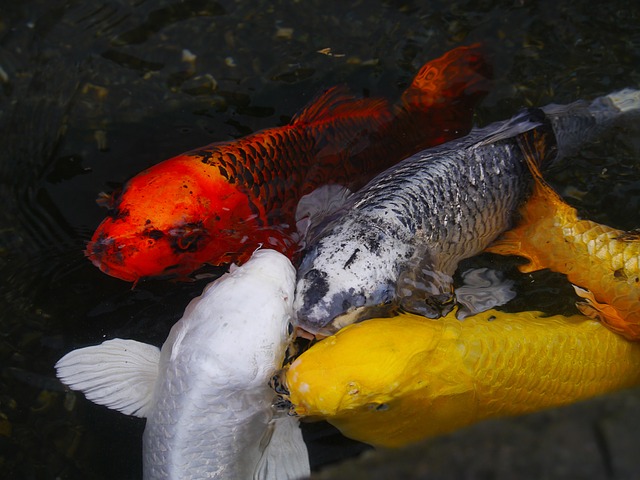
A Koi pond can add a striking and unique aspect to any yard or garden. But if you’d like to build your own, planning and proper execution are important to ensure both your success and the health of your fish. This guide will help you successfully prepare and build your own Koi pond.
There are quite a few steps so we’ve put them in order to make sure you are able to build a remarkable pond as easily as possible. And here they are:
Scope Out The Ideal Location For Your Pond
Koi ponds are best enjoyed close to the home in a spot where it is easily visible. There they can draw in wildlife and provide a wonderful area to relax. A pond ecosystem thrives most effectively with at least a few hours of sunlight each day and when it is protected from rain runoff that may pollute it. To determine the pond’s permanent size and location, measure and mark the area with rope or other markers before beginning to excavate.
Start Digging To Create The Pond Groundwork
Grab the shovels and dig out an area, keeping in mind any shelves or other formations you desire. For large Koi, part of the pond should exceed three feet in depth. Slanted shelves allow for debris and waste to slide to the bottom drain, keeping the pond cleaner overall. Other construction tools needed to begin building include a measuring tape, spades, a level, and a reciprocating saw to remove any roots in the pit.
Install The Bottom Drain And Filtration System
A deeper hole will need to be dug at the lowest part of your pond foundation to install the bottom drain. This collects fish waste, remaining food, decaying leaves, and other vegetation that gather at the bottom of the pond. It is crucial to ensure the water does not become anaerobic, depriving the fish of oxygen and causing the pond to give off an unpleasant smell.
One bottom drain can support up to 6,000 gallons of water, so multiple drains may be needed for larger ponds. In addition to digging a chamber for the bottom drain, dig trenches for the piping that transports water within the filtration system. Be sure to anchor all parts down to prevent movement caused by water flow.
In addition to the bottom drain, a proper filtration system is necessary to provide a clean and healthy environment for the Koi and will make maintaining your pond easier. The more fish you have, the larger the filtration system required to maintain a healthy environment, so allow enough space for the required system.
Filtration systems are often composed of three important items that work with the bottom drain to keep the pond clean. One of these components is the settling chamber, a container that collects larger waste from the bottom drain before it filters the water through to the biological filter. The size of the settling chamber should generally be 10% of your pump flow rate.
The biological filter puts the water through a chemical process in which good bacteria consume harmful nitrate and ammonia. Lastly, the mechanical filter is a piece that filters out the great majority of the larger debris to prevent other components from becoming clogged.
Install Skimmers And Waterfall Tanks At The Proper Level
A skimmer is optional but can be very helpful in collecting leaves and other things that fall on the surface of the pond, keeping it neat in appearance and making it less of a hassle to clean. A waterfall tank is also optional but can add a beautiful touch while providing the soothing sound of flowing water.
Waterfalls also prevent stagnant water, keeping insects away from the area. When placing these tanks, plan accordingly for the piping that comes with them to ensure proper water flow.
Cover The Pond Bottom With A Protective Layer
A protective layer, such as carpeting or sand, will reduce the risk of a puncture in the pond lining. Before laying the protective layer, remove any sharp stones, roots, or other objects from the pit.
Lay The Pond Lining Over The Protective Layer
Rubber pond liners are most commonly used when installing a pond. Other methods, including concrete or a fiberglass mold, can also be used but are generally more expensive. A flexible pond liner also allows for creativity in forming the shape of your pond.
Place the liner in the pit, gently pressing it into all corners and crevices. A blade or box cutter will be necessary to create incisions where the bottom drain, filter, and skimmer lie. Seal around these incisions to prevent leaks.
Fill Your Pond With Water And Adjust The Liner
As the pool fills, adjust the liner for any wrinkles as needed. Take note of how much water the pond holds to determine how many fish the pond can hold and how to properly maintain clean and healthy water.
Trim Any Excess Liner And Cover The Visible Edges
Only cut excess liner when you are positive that it is no longer needed. Bury the edges to conceal them.
Landscape And Personalize Your Koi Pond
There are many ways to personalize your Koi pond to create an aesthetically pleasing environment that fits in well with the character of your yard and home. Rocks are used to border ponds and allow you to customize the area by color and placement. It is best to place rocks in a stable position around the edge while organizing them in a manner that makes the pond appear more natural.
Some use smaller rocks or pebbles at the bottom of their ponds but note that these trap waste and debris, making the pool harder to clean. Putting certain rocks inside the pond also increases the risk of puncturing the pond liner.
Position any desired plants in and around the pond. Having Koi fish limits the number of aquatic plant possibilities due to the fact that they often feed on various species of these plants. Research further before placing plants into the Koi habitat.
Treat The Water As Necessary And Allow It To Settle
It can be detrimental to introduce fish to the pond immediately because the water needs time (about two to four weeks) to settle and adjust in temperature. Dechlorinators are necessary to remove any chlorine in the water that can be harmful to the fish or aquatic plants.
Ultraviolet clarifiers should also be used to prevent the extensive growth of algae, keep the water healthy for the Koi and prevent green water. Along with these tools, it is helpful to use packaged bacteria to help maintain clean and clear water that will help the entire ecosystem thrive.
Introduce Fish To Complete Your Pond
A selection of Koi fish will complete the pond environment. It is recommended to buy Koi from a breeder because these fish are typically healthier than those bought from a pet store or other retailer. The breeder can also provide helpful tips and tricks on caring for them. To avoid overcrowding in your pond, remember that Koi grow substantially and may breed.
The work involved in creating a Koi pond must be carefully executed to ensure the health of the fish as well as the overall success of this project. Building a successful Koi ecosystem requires substantial planning and effort, but the finished result will leave you with a stunning feature that adds a wonderful touch to your yard.
Author Bio: Craig is the editor at Everything Backyard and loves to spend all the time he can outdoors and find every excuse to leave his house. He writes about everything from backyard DIY projects to gardening. If you can’t get a hold of him, he is probably on a trail or a boat.
Start Shopping for Pond Supplies!
How to Create a Serenity Garden on Any Budget
A serenity, meditation, or zen garden is your own private getaway, conveniently located in your backyard. Creating a serenity garden doesn’t have to be an expensive undertaking. With some good planning and design (which is all part of the fun), you can create your own...
